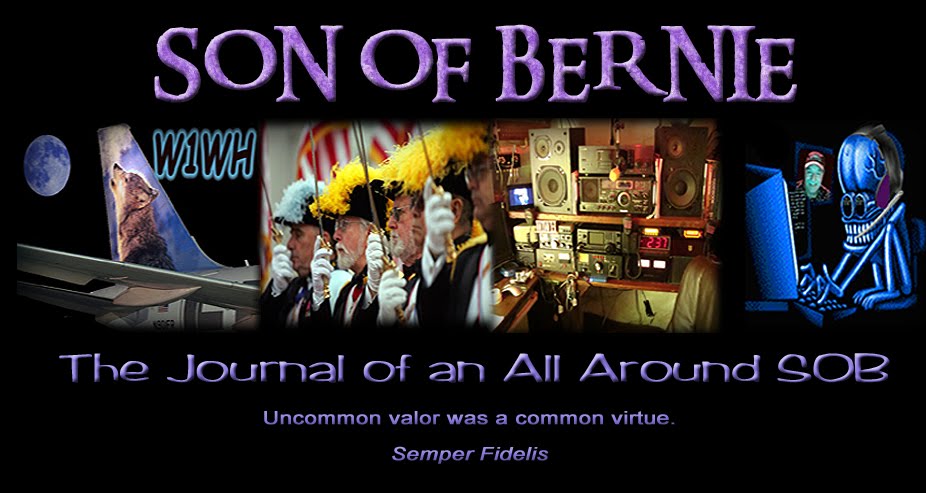Among the views of Earth afforded astronauts aboard the International Space Station (ISS), surely one of the most spectacular is of the aurora. These ever-shifting displays of colored ribbons, curtains, rays, and spots are most visible near the North (aurora borealis) and South (aurora australis) Poles as charged particles (ions) streaming from the Sun (the solar wind) interact with Earth’s magnetic field.
While aurora are generally only visible close to the poles, severe magnetic storms impacting the Earth’s magnetic field can shift them towards the equator. This striking aurora image was taken during a geomagnetic storm that was most likely caused by a coronal mass ejection from the Sun on May 24, 2010. The ISS was located over the Southern Indian Ocean at an altitude of 350 kilometers (220 miles), with the astronaut observer most likely looking towards Antarctica (not visible) and the South Pole.
The aurora has a sinuous ribbon shape that separates into discrete spots near the lower right corner of the image. While the dominant coloration of the aurora is green, there are faint suggestions of red left of image center. Dense cloud cover is dimly visible below the aurora. The curvature of the Earth’s horizon (the limb) is clearly visible, as is the faint blue line of the upper atmosphere directly above it (at image top center). Several stars appear as bright pinpoints against the blackness of space at the top right of the image.
Auroras happen when ions in the solar wind collide with atoms of oxygen and nitrogen in the upper atmosphere. The atoms are excited by these collisions, and they typically emit light as they return to their original energy level. The light creates the aurora that we see. The most commonly observed color of aurora is green, caused by light emitted by excited oxygen atoms at wavelengths centered at 0.558 micrometers, or millionths of a meter. (Visible light is reflected from healthy (green) plant leaves at approximately the same wavelength.) Red aurora are generated by light emitted at a longer wavelength (0.630 micrometers), and other colors such as blue and purple are also sometimes observed.
For a ham radio operator, aurora can affect propagation conditions over the polar routes and is often used to enhance VHF propagation, especially at 50 MHz and sometimes the 144 MHz Amateur bands. At times of auroral displays, HF radio signals traveling over the polar route will develop a distinctive warbling sound. You can often hear these effects on 14 MHz SSB signals that have followed the great circle route over the polar region. During intense auroral activity, HF propagation down to the 3.5 MHz band can be affected. And if you are lucky enough to be in the right place, you can watch the spectacular visible auroral displays in the night-time sky.
For a ham radio operator, aurora can affect propagation conditions over the polar routes and is often used to enhance VHF propagation, especially at 50 MHz and sometimes the 144 MHz Amateur bands. At times of auroral displays, HF radio signals traveling over the polar route will develop a distinctive warbling sound. You can often hear these effects on 14 MHz SSB signals that have followed the great circle route over the polar region. During intense auroral activity, HF propagation down to the 3.5 MHz band can be affected. And if you are lucky enough to be in the right place, you can watch the spectacular visible auroral displays in the night-time sky.




No comments:
Post a Comment